In its never-ending battle against rats and other vermin, New York City continues to refine its rules and approach to handling the mountains of garbage produced by more than 8 million people on a daily basis. The latest skirmishes concern several rules relating to who is subject to what regulations, how we sort our trash before we dispose of it, and how we secure it on the street while waiting for pickup.
Small Properties, Big Piles
As part of the effort to better contain refuse appealing to rats, in November the City began requiring properties with fewer than 10 units to containerize their garbage. The new directive applies to co-op and condominium properties as well as rentals. After January 2, 2025, properties still placing their garbage in bags instead of bins will be fined. The first fine is $50.00; the second $100.00. After that, it will be $200 per violation. Recyclables may still be placed in clear plastic bags. Clearly, City Hall is not messing around.
Next Steps
Last year, the Department of Sanitation (DSNY) changed the hours at which garbage could be left on the curb from four o’clock in the afternoon to eight o’clock in the evening. In spring 2025, the City will require built-in waste containers for all properties over 31 units. Properties of between 10 and 30 units will have the option of staying with bins, or switching to containers. (Containers are built-in; bins are movable.) As with smaller buildings, larger communities can still place recyclables in clear plastic bags. While few would argue in favor of attracting rodents and other pests, many have argued that the requirement for built-in containers will exacerbate an already tight parking situation in many neighborhoods. At present, the container project is being tested and rolled out in West Harlem.
In addition to the container/bin mandate, the City has also reinstituted composting to its garbage sorting program. Put simply, compostable waste is purely organic material - primarily food waste - that fully breaks down, as opposed to say soiled items like empty pizza boxes, which can’t be recycled but don’t decompose completely. Compostables must be collected by residents - usually in a countertop bin or can in their unit - and stored in separate outdoor containers provided by the city until they’re picked up by the DSNY.
View from the Inside
With these changes and the continuing reevaluation of current programs, we spoke with an expert on the subject: a superintendent for a mid-size apartment co-op building in Upper Manhattan. The super requested their name be withheld for privacy, and to speak frankly about the challenges and hassles the new rules have brought with them.
“The main problem we are having,” the super explained, “is due to changes in the rules about when we can put out the garbage. We can’t put the garbage out until eight o’clock. It used to be four o’clock. That means we have to have someone, or more than one person sometimes, working overtime. It’s costing the building a lot of money.”
“As far as the shift to containers,” they continued, “that goes into effect in March 2025, and we aren’t really preparing for that yet. But I can say that we aren’t sure where we will put them. Many people in the neighborhood are unhappy about it. A bigger problem right now is with the new rules about composting. Most of our residents are enthusiastic about the program and are composting - but the problem is there’s just too much compost garbage for the current pickup schedule. We had to buy additional compost containers and keep the containers in the collection area until pickup, which is now only once a week. It would be better if the City picked up compost twice a week.”
On a more building-specific basis, problems persist with garbage sorting. “Most people are OK with the sorting,” our super said, “but some residents can’t seem to follow even the pictorials on the sorting posters. The biggest ‘problem item’ seems to be egg cartons. They come in various forms of different materials. Some residents can’t seem to differentiate what goes into the recycling and what doesn’t, as well as what’s plastic and what’s not.”
We can expect the discussion about what needs to be recycled and how we place it on the curb to continue. In the meantime, NYC’s War on Rats continues.



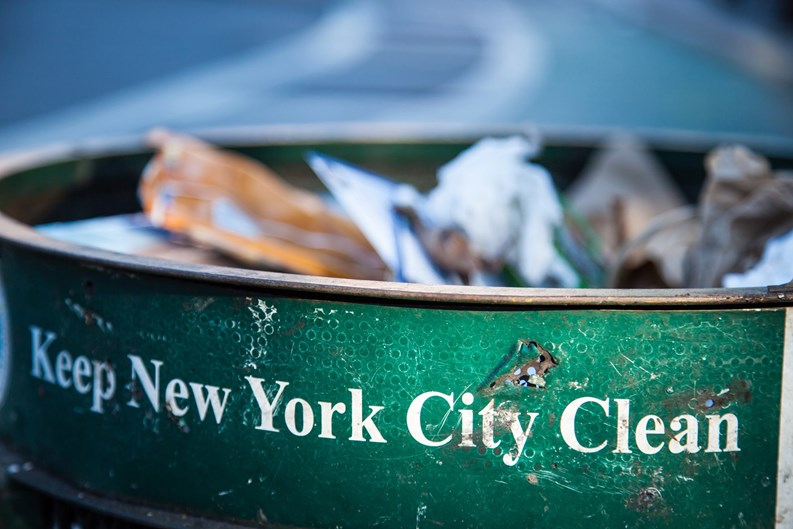

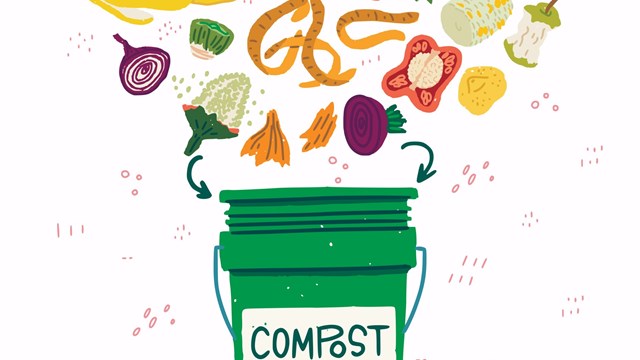

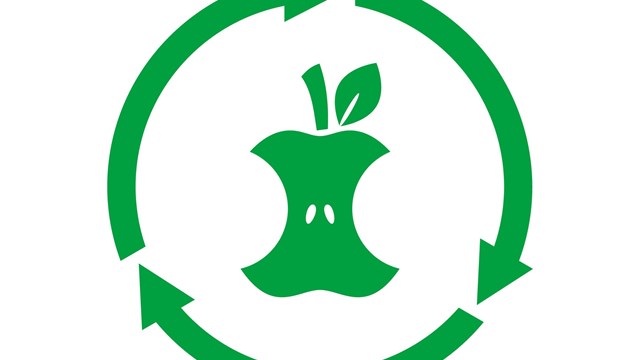
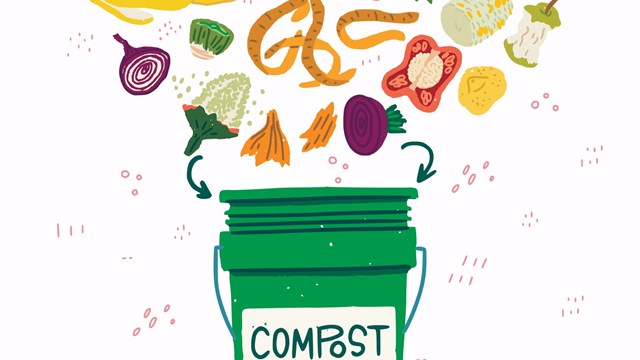
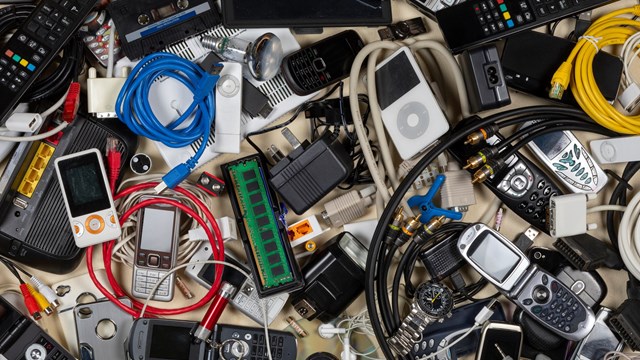
Leave a Comment